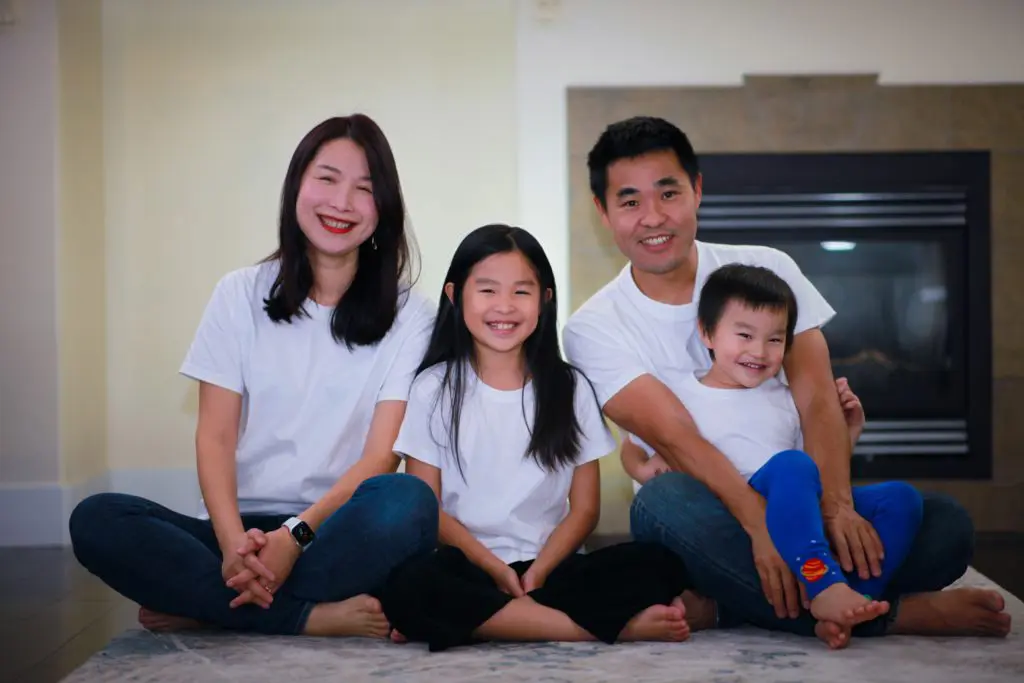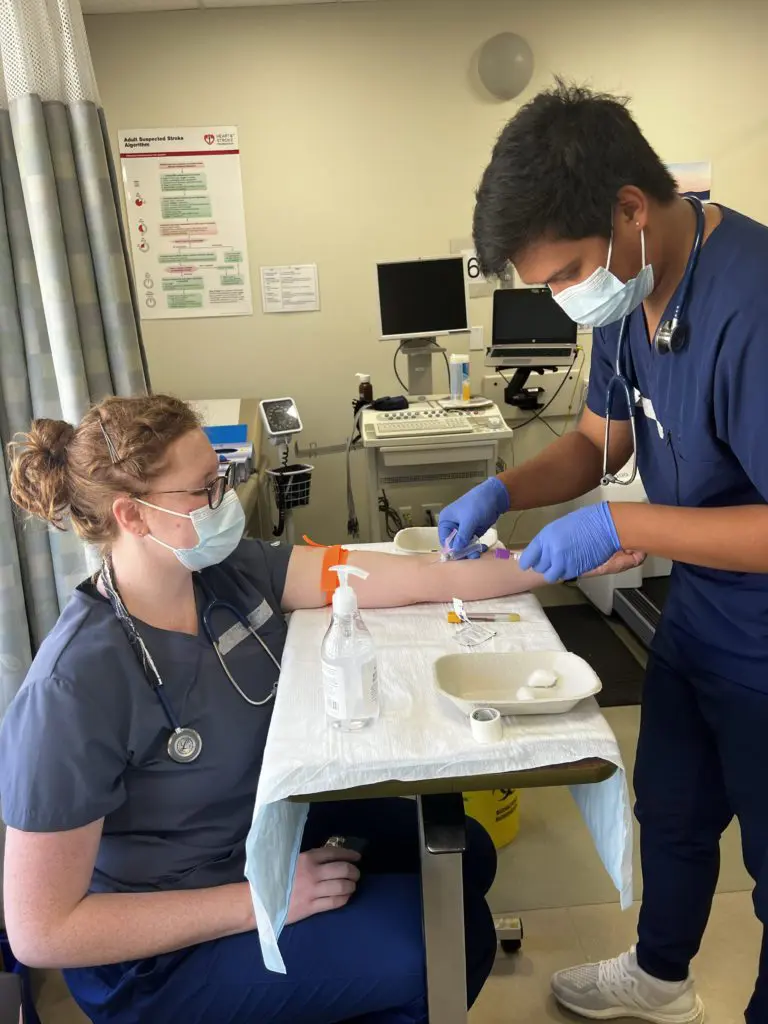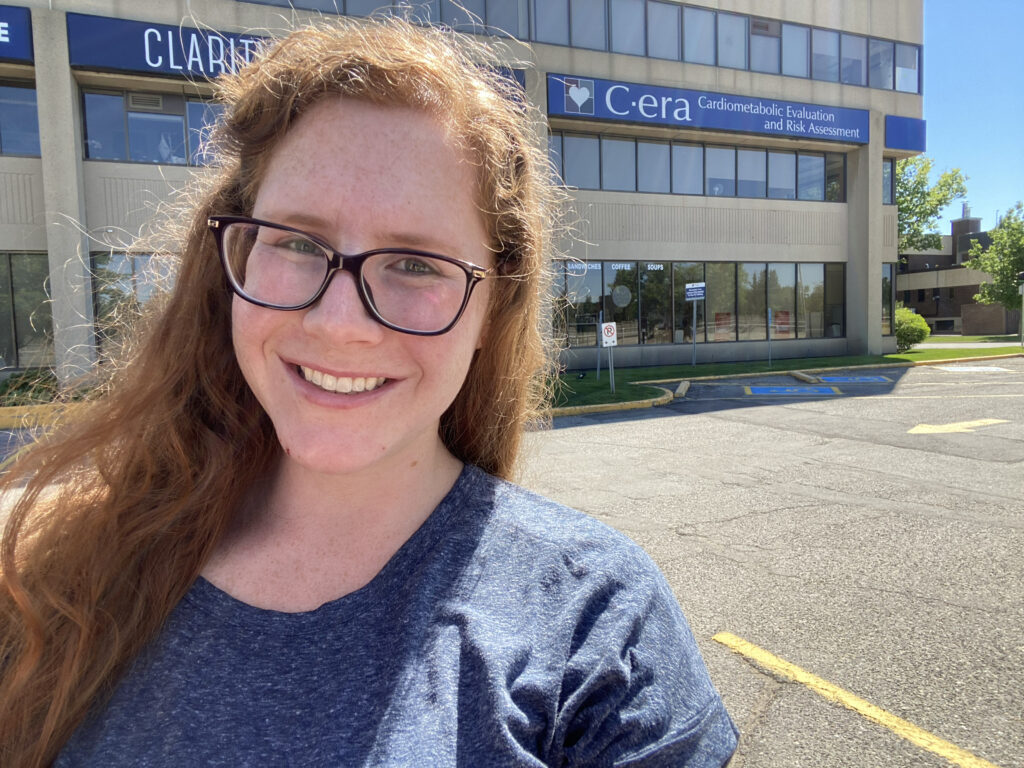Another two weeks of practicum has come and gone and it’s hard to believe that it’s already been one full month since the end of classes. I’ve adjusted to the full eight hour days and am now able to navigate my way through the different hospital departments. I’ve worked with just about every Cardiology Technologist at KGH and have learned valuable information from each one of them.
During my third week of practicum, I was assigned to completing ECGs on the different wards throughout the hospital. My day started early in the morning doing routine ECGs on inpatients that are not time crucial. Often I would see the same patient three mornings in a row, which gave me the chance to get to know them a little and make conversation. By the time they were finished, the pager would get busy with calls for orders that were either STATS, urgent, or timed. There are three different towers in the Kelowna hospital and I’ve had the chance to work in each one to broaden my patient care experience. So far I’ve done ECGs in the outpatient clinic, atrial fibrillation clinic, pre-surgical screening, emergency, psychiatric ward, intensive care unit, coronary care unit, post-open heart surgery unit, cath lab, rehab, pediatrics, maternity, and general medical wards. As you can imagine, it’s been quite the learning experience being exposed to all of these different areas. The most memorable for me personally was doing an ECG on an eight month old baby. Pediatrics ECG’s are not taught or practised in school so this was completely new to me. I had to cut the electrodes in half to fit her tiny size, while keeping her entertained so that she wouldn’t start kicking and screaming. Another highlight was being present for a cardioversion, where a patient with a dangerous arrhythmia is sedated and shocked back into a normal rhythm. I was also able to watch a Transesophageal Echo-cardiogram. This is when the physician passes an ultrasound transducer down the patient’s throat to allow for alternative views of the heart for imaging.
My fourth week of practicum was an introduction to the RACE clinic where Stress Testing takes place. I spent the first two days observing the protocols, taking manual blood pressures, and prepping the patients before their procedures. A thorough skin prep is essential to provide the Cardiologist with a clean rhythm for accurate interpretation. KGH does three main types of stress tests: Persantine Nuclear Imaging Stress Tests, Graded Exercise Stress Tests (GXT), and Stress Echo Tests. By my third day I was running the GXT’s and Stress Echo’s with no problem. As a student I still have to have a Cardio Tech present in the room at all times, but I’m given the opportunity to perform the procedure myself under their watch. I do an average of ten per day and much like ECGs, every patient is different and you never know what to expect. Working in the RACE clinic definitely keeps you on your toes because patients are encouraged to push themselves to really get their heart working hard. Anything can happen during that time so it’s imperative to keep one eye on the patient and one eye on the ECG screen at all times. I think it’s safe to say that I’ve learned something new every day during my practicum so far, and I’m looking forward to what lies ahead.
Check out a video of our cardio tech students in action.



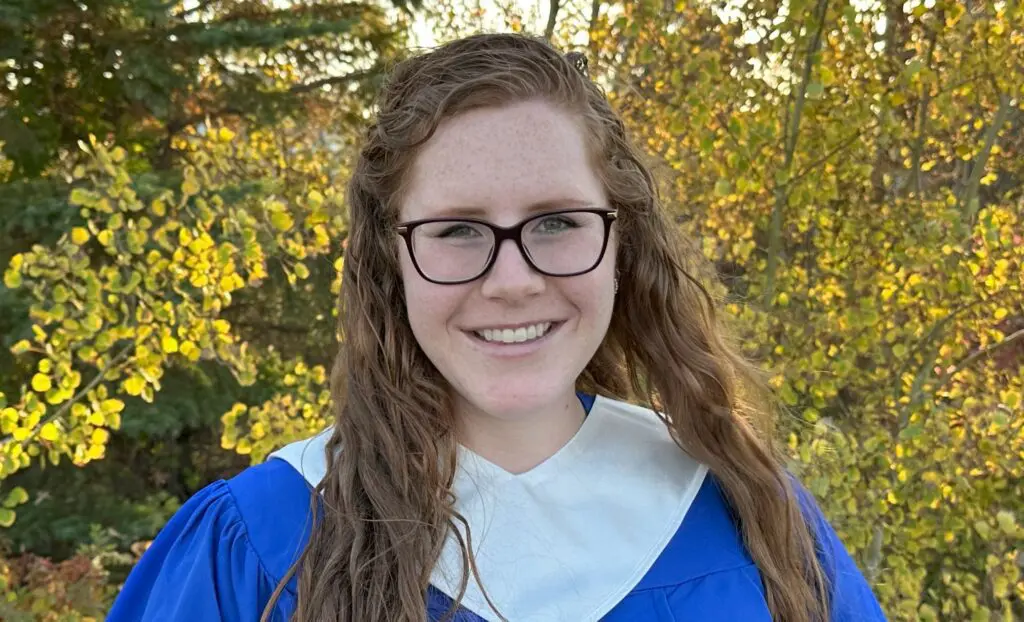

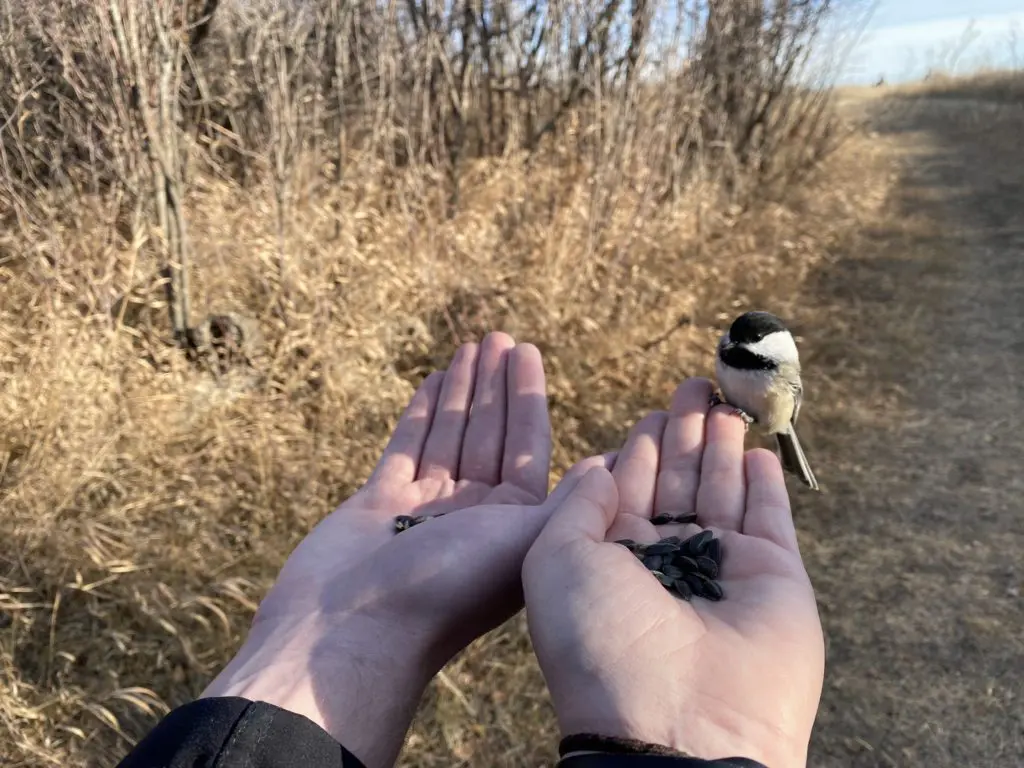
![An ECG demonstrates the extensive antero-septal-lateral myocardial infarction [heart attack] that Taryn witnessed.](https://stenbergcollege.com/wp-content/smush-webp/2022/12/ecg-1024x530.jpg.webp)
